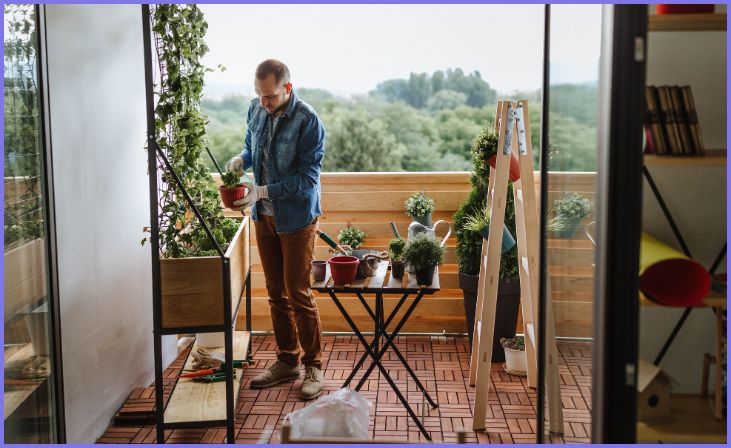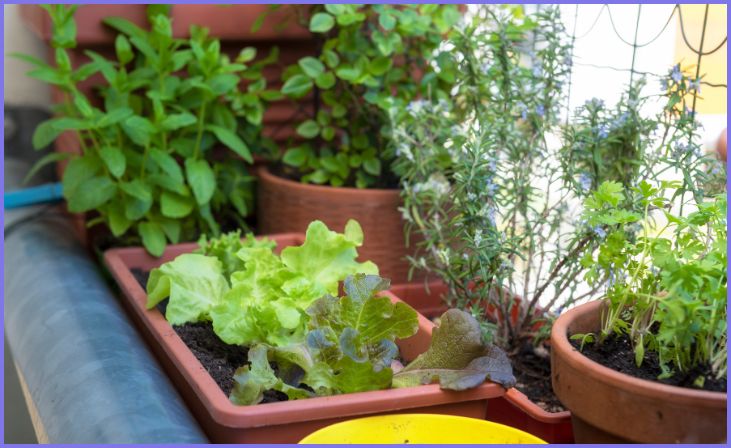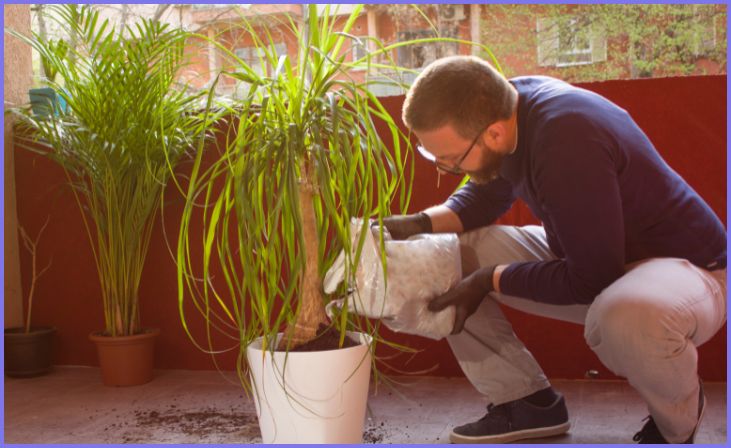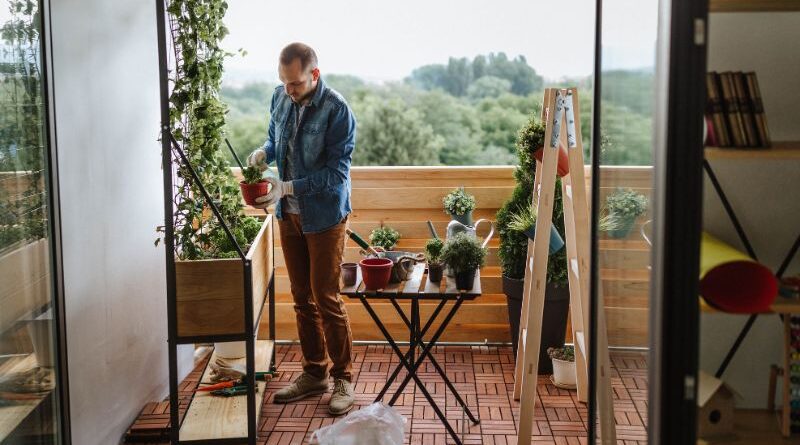Living in an urban jungle often means sacrificing green spaces, but that doesn’t mean you can’t enjoy a touch of nature in your own home. Even with a small balcony, you can create a lush oasis with a bit of creativity and careful planning. Here are eight small balcony gardening tips to help urban dwellers bring life to their outdoor space.
1. Assess Your Space

Before diving into gardening projects, take a close look at your balcony’s layout and available space. Consider factors such as sunlight exposure, wind conditions, and the overall size of the balcony. Understanding these elements will help you make informed decisions about the types of plants you can grow and where to place them for optimal growth.
2. Choose the Right Plants
Selecting the right plants is crucial for a successful balcony garden. Opt for varieties that thrive in containers and don’t require a lot of space to spread out their roots. Herbs like basil, thyme, and mint are excellent choices for small balconies, as are compact vegetables like cherry tomatoes and lettuce. Additionally, ornamental plants such as succulents, ferns, and dwarf varieties of flowers can add color and texture to your space without overwhelming it.
3. Utilize Vertical Space
Maximize your balcony’s potential by going vertical with your garden. Install hanging planters, trellises, or vertical gardening systems to free up floor space and create visual interest. Vining plants like ivy, morning glories, and peas can be trained to climb trellises or trailing baskets, adding a lush backdrop to your balcony oasis.
4. Get Creative with Containers
In a small balcony garden, every inch counts, so get creative with your choice of containers. Use hanging baskets, window boxes, repurposed crates, or even recycled plastic bottles to grow your plants. Just make sure your containers have proper drainage to prevent waterlogged soil and root rot. You can also paint or decorate your containers to add a personal touch to your outdoor space.
5. Consider Microclimates

Even within a small balcony, microclimates can exist due to variations in sunlight, wind exposure, and temperature. Take advantage of these microclimates by strategically placing your plants according to their specific needs. For example, sun-loving plants should be placed in the sunniest spots, while shade-tolerant varieties can thrive in areas with less direct sunlight.
6. Invest in Quality Soil and Fertilizers
Good soil is the foundation of a healthy balcony garden, so invest in high-quality potting mixtures that provide proper drainage and nutrients for your plants. Additionally, consider using organic fertilizers or compost to nourish your plants naturally and promote robust growth. Regularly replenish the soil in your containers to keep it fresh and fertile.
7. Practice Smart Watering Techniques
Balcony gardens often require more frequent watering than traditional gardens due to limited soil volume and exposure to wind and sun. Establish a consistent watering schedule and monitor the moisture levels of your plants regularly. Consider using self-watering containers or installing a drip irrigation system to ensure your plants receive adequate hydration, especially during hot summer months.
8. Embrace Seasonal Changes

Finally, embrace the ebb and flow of the seasons in your balcony garden. Choose plants that thrive in your local climate and adjust your gardening practices accordingly as temperatures fluctuate throughout the year. Experiment with seasonal decorations, such as twinkling lights in winter or vibrant blooms in spring, to keep your balcony garden fresh and inviting year-round.
With these small balcony gardening tips, urban dwellers can transform their outdoor spaces into vibrant green retreats, providing a welcome escape from the hustle and bustle of city life. Whether you’re a seasoned gardener or just starting out, there’s endless potential to create a beautiful and functional balcony garden that brings joy and tranquility to your home.







